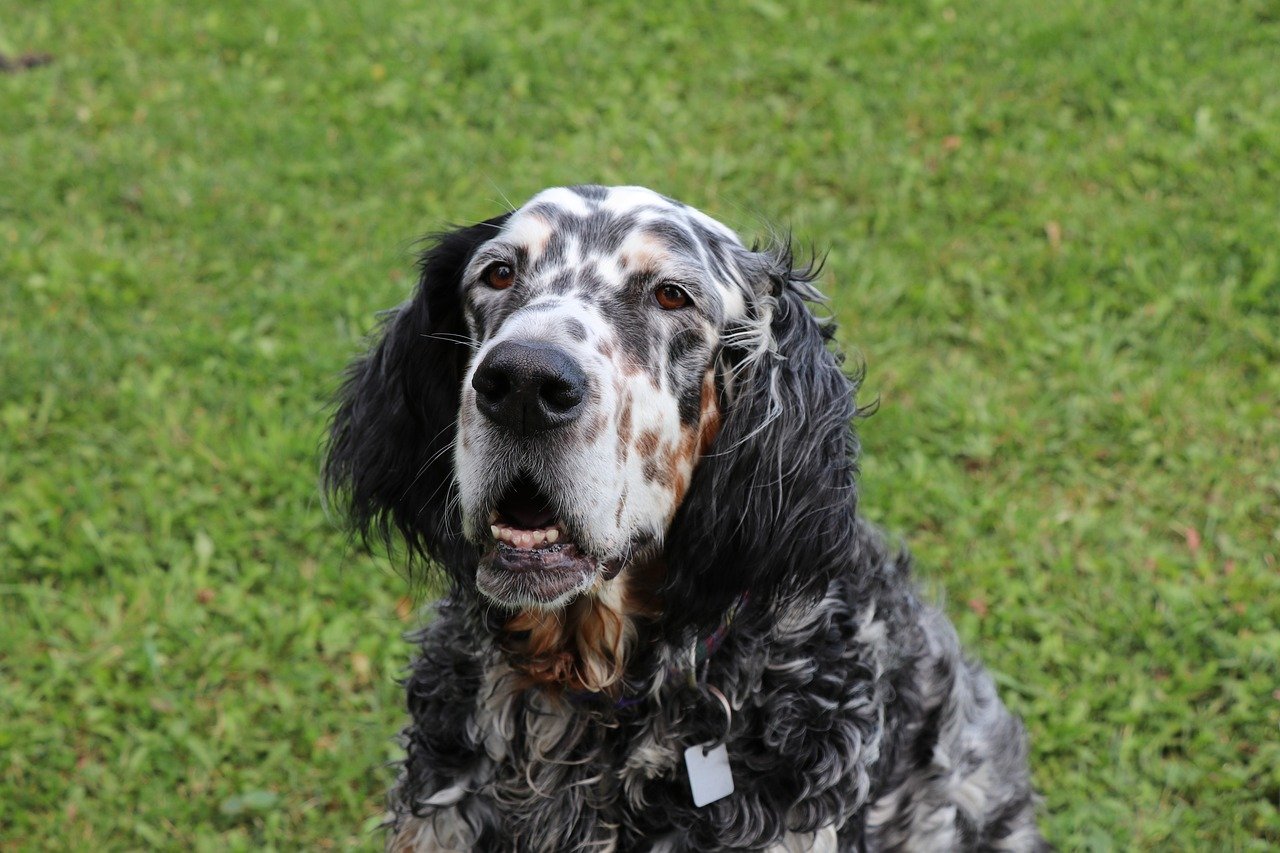Have you ever watched a dog leap into a lake with the wild abandon of a child, ears flying and tail wagging, only to emerge dripping and grinning from ear to ear? For some dogs, water isn’t just a fun distraction—it’s a full-blown obsession. Whether it’s chasing waves, splashing in puddles, or diving after toys, these breeds are drawn to water like magnets. But with this passion comes responsibility. Knowing how to let your water-loving companion enjoy their favorite pastime safely can mean the difference between a day full of laughter and a worrisome trip to the vet. Let’s dive into the top 20 dog breeds that simply can’t resist water and discover the best ways to keep their aquatic adventures both exhilarating and safe.
Labrador Retriever
If there’s a king of the splash, it’s the Labrador Retriever. Originally bred to help fishermen retrieve nets and catch fish, Labs are practically built for the water. Their webbed paws, water-resistant double coat, and powerful tails make swimming look effortless. Labradors are happiest when they’re fetching sticks or toys from lakes, rivers, or even just the backyard pool. But remember, their enthusiasm can sometimes get the best of them. Always supervise your Lab around water and make sure they have an easy way out, especially in pools. A floating dog toy or a brightly colored ball will keep them active and happy, but never forget a life vest for longer swims or boating trips.
Golden Retriever

Golden Retrievers are famous for their sunny personalities and love of all things wet. Originally bred to retrieve waterfowl, they have a natural affinity for lakes and streams. Goldens are gentle swimmers and often delight in paddling alongside their humans or other dogs. Their thick, waterproof coats mean they stay warm even during chilly swims. However, Goldens can get tired if they overdo it, so it’s important to offer plenty of breaks and fresh water to drink. Tossing floating toys or playing fetch at the shore is a great way to let your Golden enjoy the water safely.
Portuguese Water Dog
The Portuguese Water Dog’s very name says it all. These curly-coated dynamos were once the right-hand companions of Portuguese fishermen, diving into the ocean to herd fish into nets or retrieve lost gear. Their stamina in the water is legendary, and their webbed feet give them a powerful stroke. At home, they’ll sprint for the nearest puddle or pool. With all that energy, it’s crucial to supervise them and provide a secure, fenced area when swimming outdoors. A canine life jacket is a smart idea, especially during boating or if the water is rough.
Newfoundland

Newfoundlands are gentle giants with hearts as vast as the ocean. These dogs were bred to rescue drowning sailors and haul in heavy fishing nets, so their love of swimming is in their DNA. With their enormous, webbed paws and thick, insulating coats, Newfoundlands glide through the water with surprising grace. They’re known for their calm, nurturing nature—some even say they seem to watch over children at the beach. Always make sure your Newfoundland has a ramp or steps to exit the water easily, and avoid letting them swim when it’s too hot to prevent overheating.
Chesapeake Bay Retriever
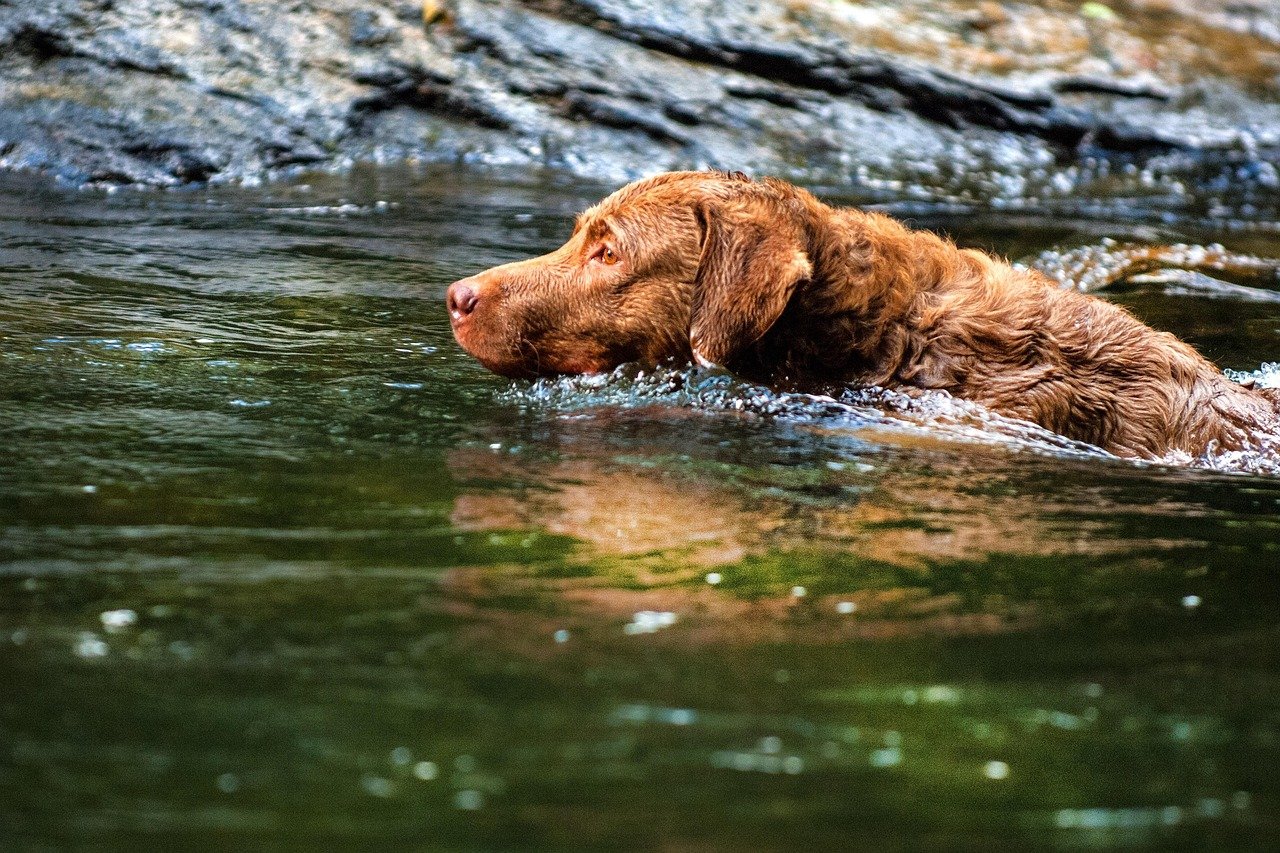
The Chesapeake Bay Retriever is a rugged, determined swimmer with a story rooted in the icy waters of the Chesapeake Bay. Bred to retrieve ducks in frigid conditions, their wavy, oily coats repel water beautifully. “Chessies” are tireless and bold, sometimes diving into water that would make even the hardiest human shiver. They need a lot of exercise and mental stimulation, so water games like dock diving or retrieving floating bumpers are perfect. Always keep an eye out for exhaustion, and remember that strong currents can be dangerous even for the most confident swimmers.
Irish Water Spaniel
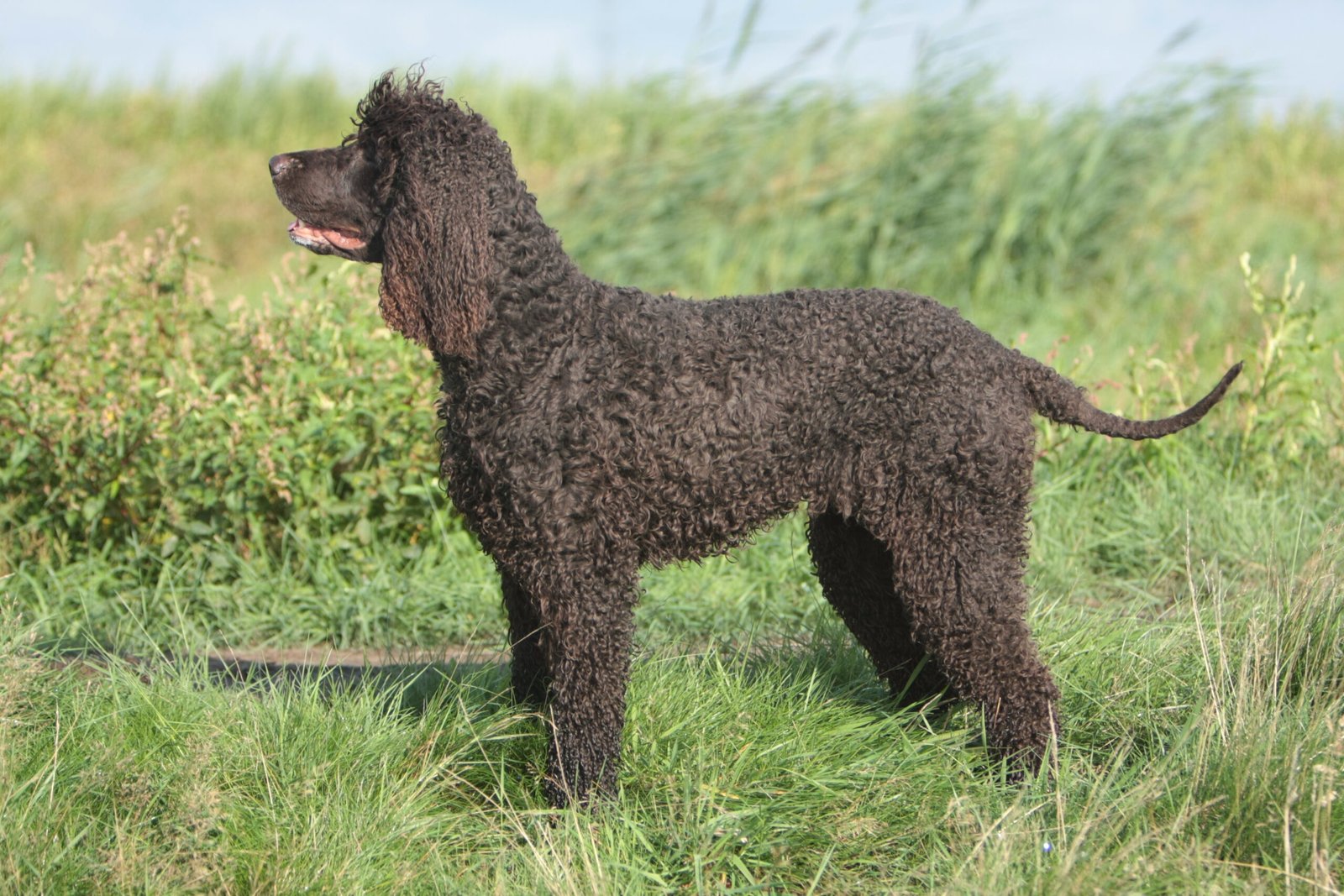
With their tight curls and playful personalities, Irish Water Spaniels are born entertainers—and swimmers. These dogs love nothing more than splashing about, often making up their own water games. Their dense, water-repellent coats and whip-like tails help them speed through the water. Irish Water Spaniels are clever, so they need both physical and mental challenges. Try agility courses with water elements or teach them to fetch toys from underwater. As with all swimmers, check their ears after every swim to prevent infections.
Standard Poodle
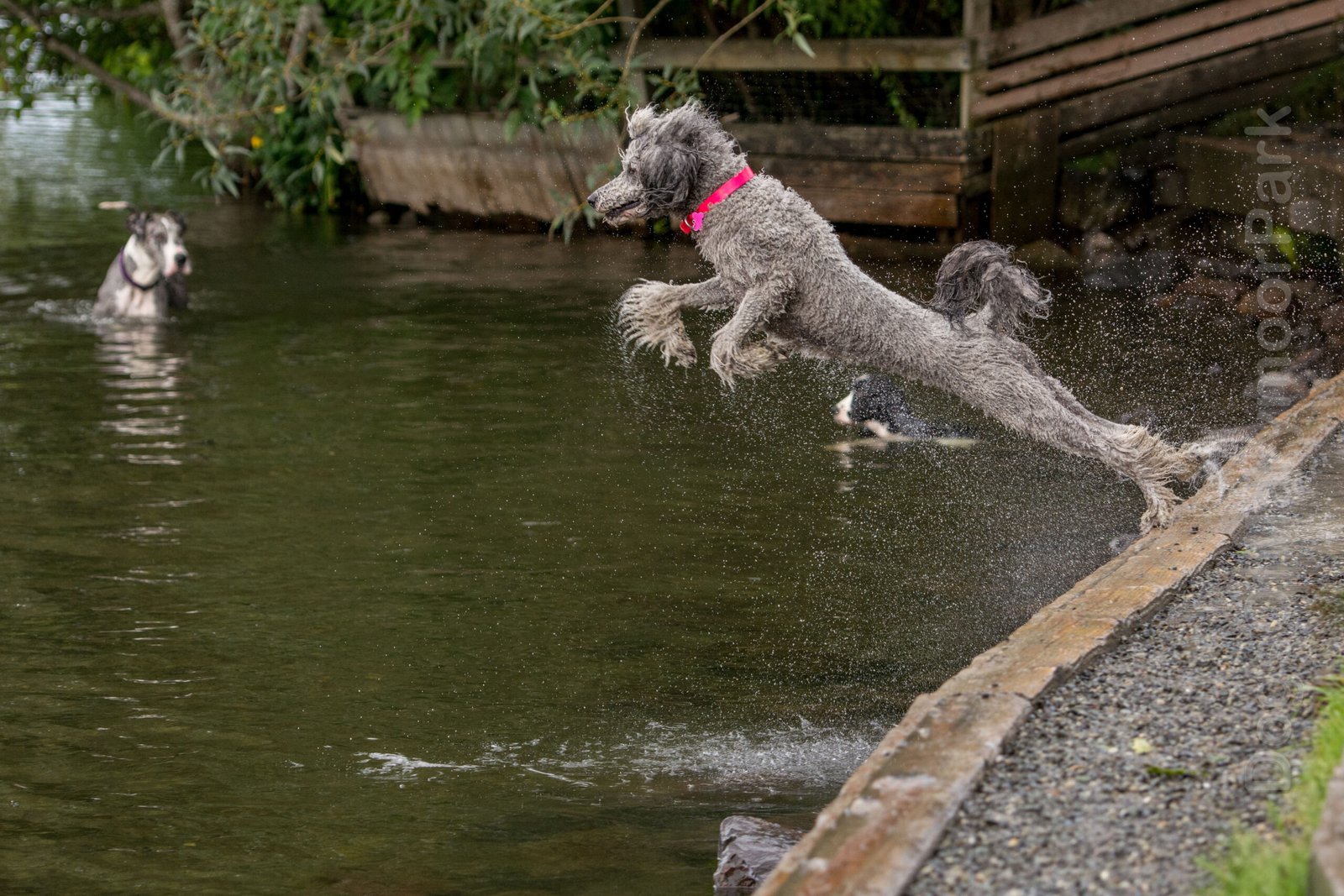
Surprised to see the Poodle here? Many people forget that Standard Poodles were originally bred as water retrievers. Their curly coats act like a wetsuit, and their athleticism makes them fast, energetic swimmers. Poodles love playing fetch in lakes, rivers, or pools. They’re also quick learners, so you can teach them all sorts of water tricks or even basic dock diving. Make sure to rinse their coats after swimming to prevent matting, and give them plenty of fresh water to drink.
American Water Spaniel
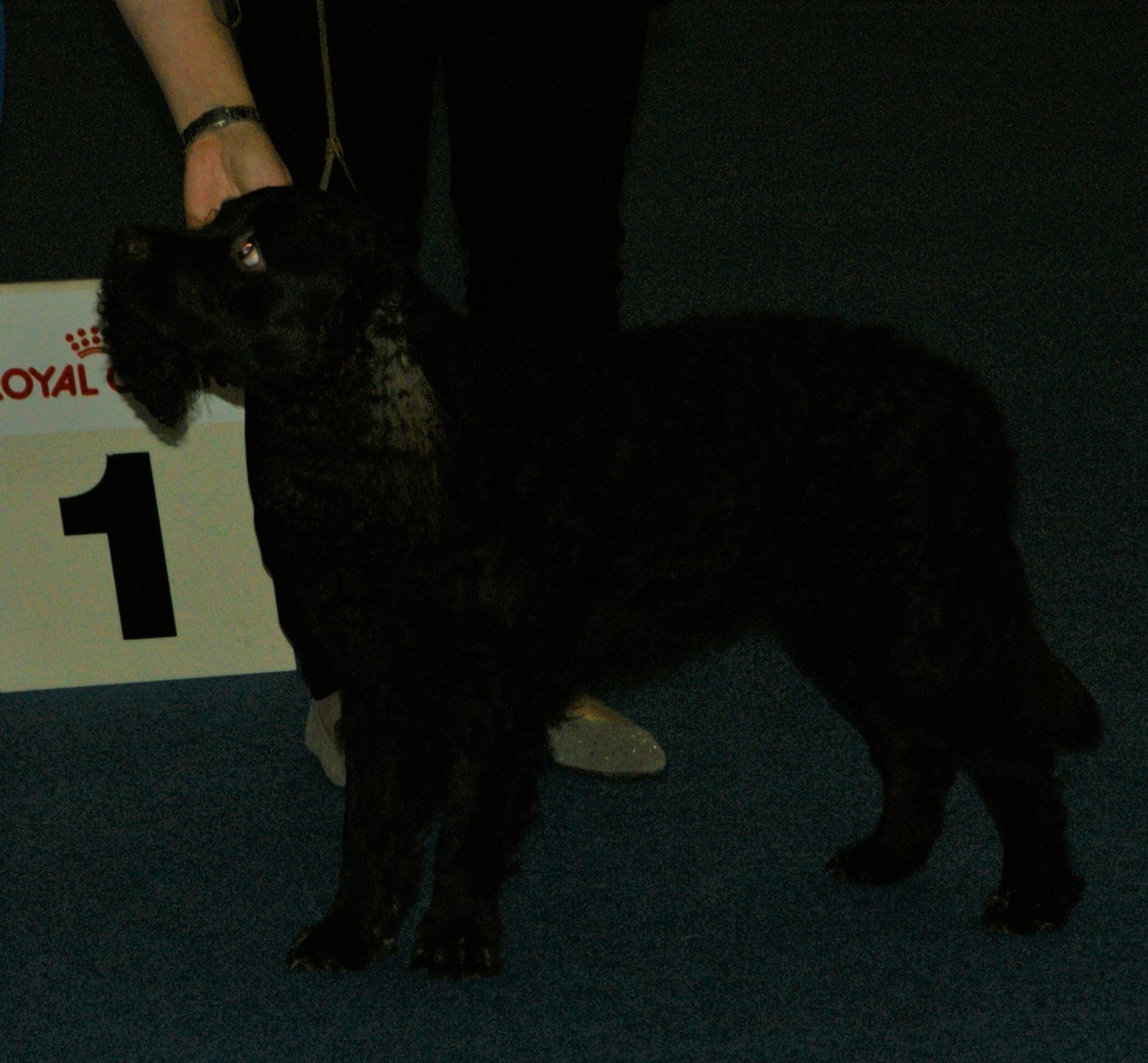
Small but mighty, the American Water Spaniel is a rare breed with a huge passion for swimming. Developed in the Midwest for hunting on land and in water, these dogs are versatile and eager. Their curly, waterproof coats keep them comfortable during long swim sessions. American Water Spaniels thrive on interactive games—throwing floating toys or organising short swims are ideal. Always introduce them to water gradually to build confidence, and keep an eye on their stamina.
Flat-Coated Retriever
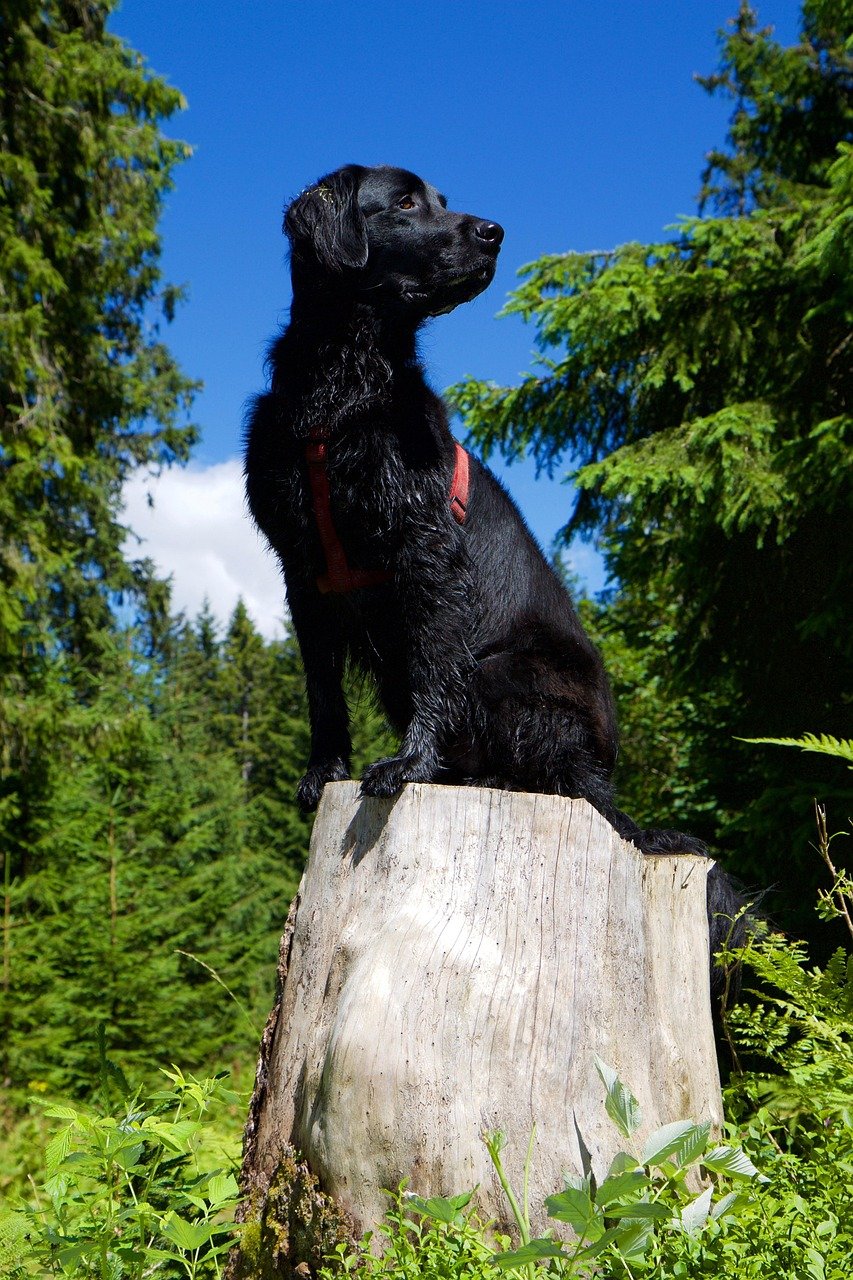
Flat-Coated Retrievers are the comedians of the retriever world, always ready for fun, especially if it involves water. Their sleek, shiny coats are water-resistant, and their boundless energy makes them natural swimmers. These dogs love family outings to lakes or rivers, where they can swim and fetch to their heart’s content. Flat-Coats can be a bit impulsive, so watch for signs of fatigue and ensure they don’t venture too far from shore. Bringing along floating toys keeps them engaged and safe.
Boykin Spaniel

The Boykin Spaniel, South Carolina’s state dog, is a compact, cheerful swimmer. These dogs were bred to retrieve game from swamps and lakes, making them agile and fearless in the water. Their wavy coats provide some protection, but they can get cold after a long swim. Boykins love playing in shallow streams or ponds, especially with children. Always dry their ears well after swimming and limit time in very cold water.
Nova Scotia Duck Tolling Retriever
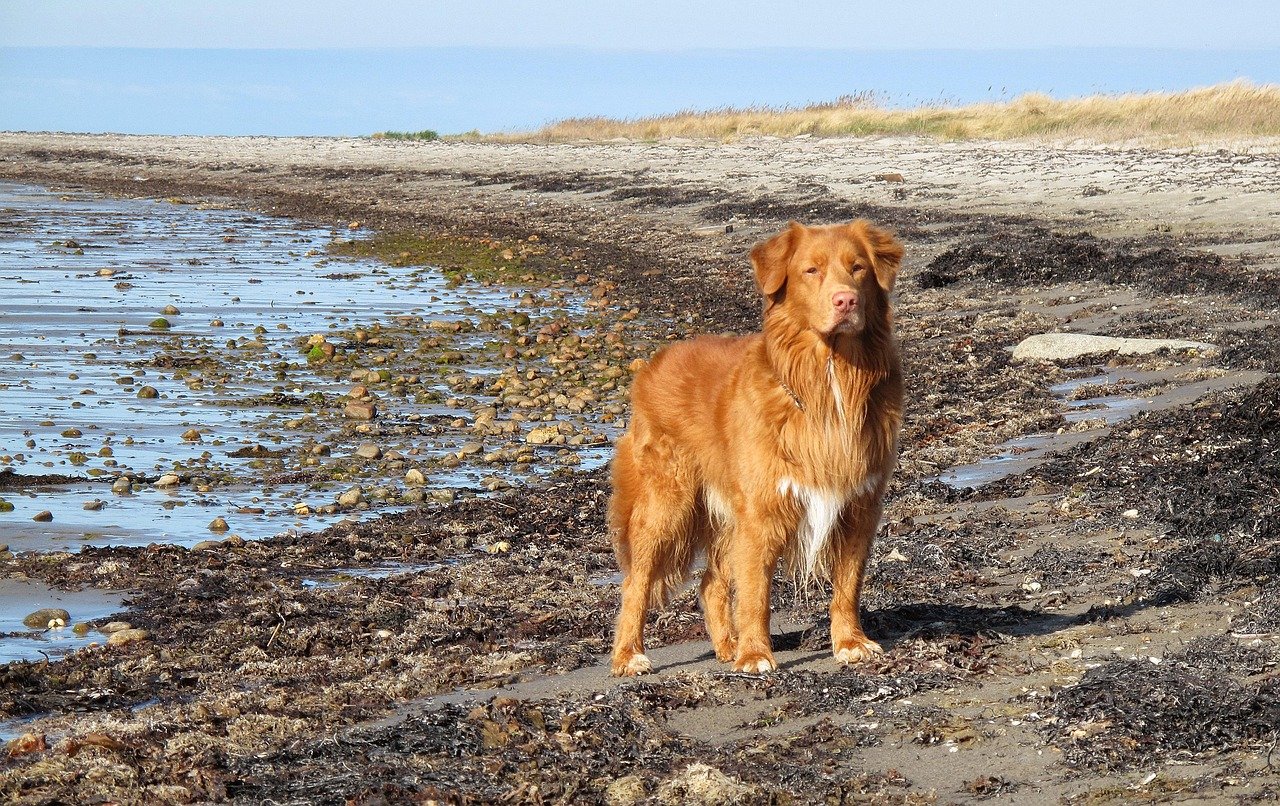
Known as “Tollers,” these fox-like retrievers are energetic and highly intelligent. Tollers were bred to lure ducks to the shoreline by playing along the water’s edge, then retrieve them for hunters. Their thick, water-resistant coats and webbed feet make them excellent swimmers. Tollers love games that involve chasing toys or swimming after sticks. To keep them safe, avoid areas with strong currents and always supervise playtime.
Curly-Coated Retriever
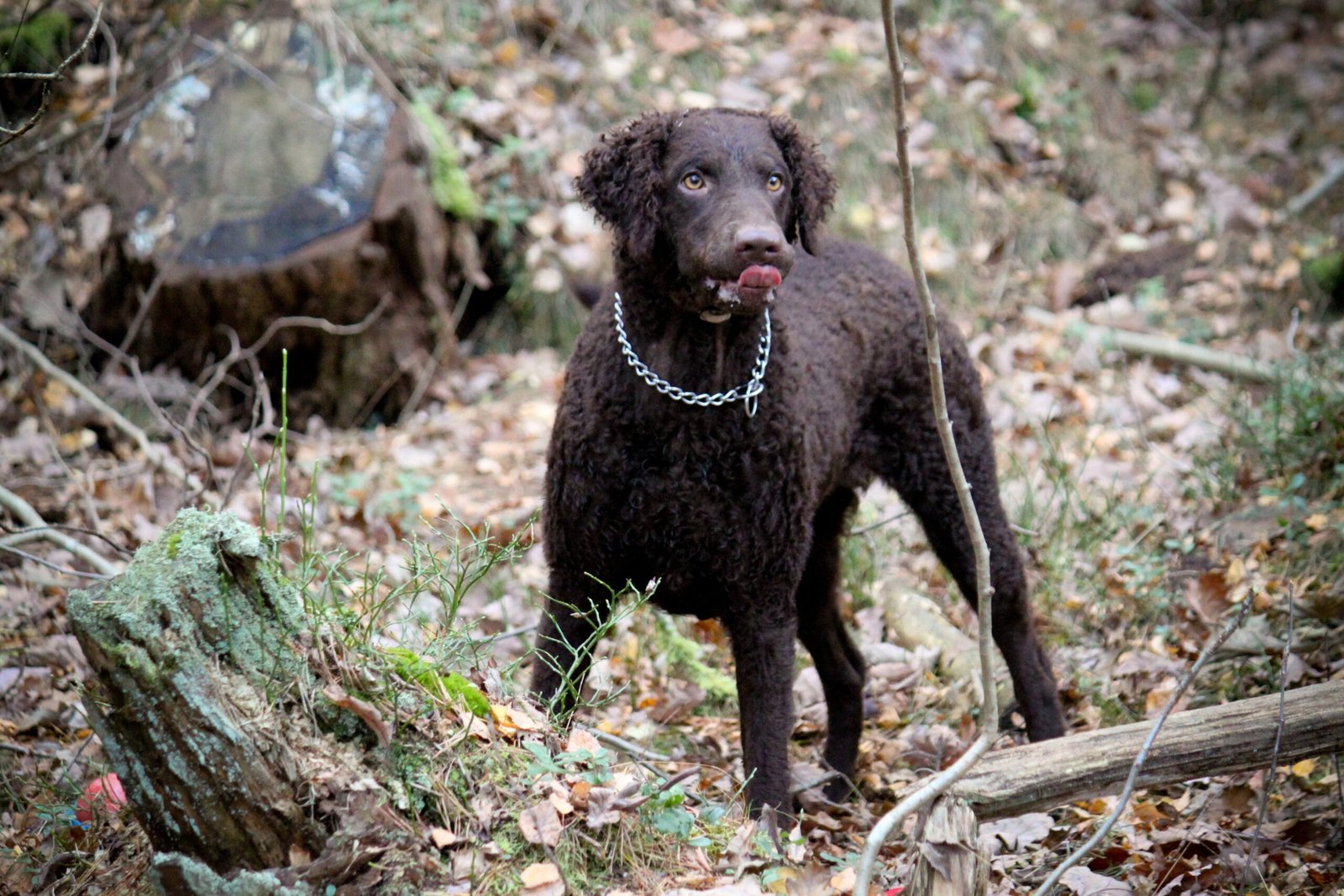
Curly-Coated Retrievers are as unique as they look, with tight, curly fur that protects them from cold water. Originally bred for retrieving game from lakes and rivers, these dogs are tireless in the water. Their independent streak means they might swim out farther than you’d expect, so a floating leash or a recall command is essential. Offer plenty of praise and treats for good behavior, and always check their coats for debris or tangles after a swim.
Spanish Water Dog
The Spanish Water Dog is a versatile breed, used for herding, hunting, and retrieving from water. Their curly, woolly coats shed water easily and protect them from the elements. Spanish Water Dogs are playful and energetic, thriving on games that mix swimming with problem-solving. Try tossing puzzle toys into shallow water or teaching them to retrieve underwater objects. After swimming, dry them thoroughly to avoid skin issues.
Barbet
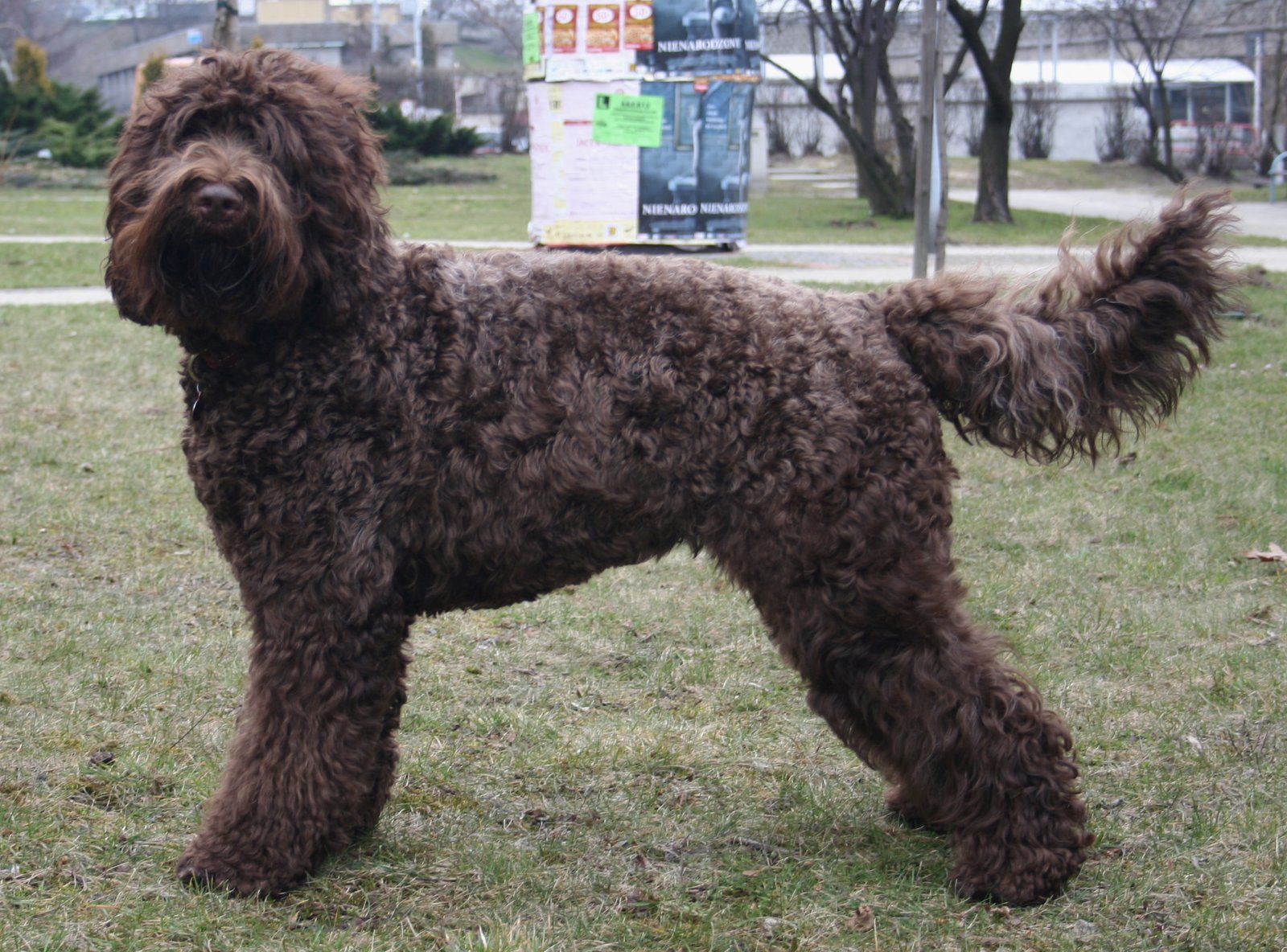
The Barbet is a rare, French water dog with a joyful spirit and a thick, curly coat. Barbets adore swimming and will plunge into any body of water they can find. Their strong legs and webbed feet make them excellent swimmers, but their coats require extra care after a dip. Always rinse and dry a Barbet’s fur to prevent matting and skin irritation. Barbets love family outings and can swim for hours if given the chance, so watch for signs of fatigue.
English Setter
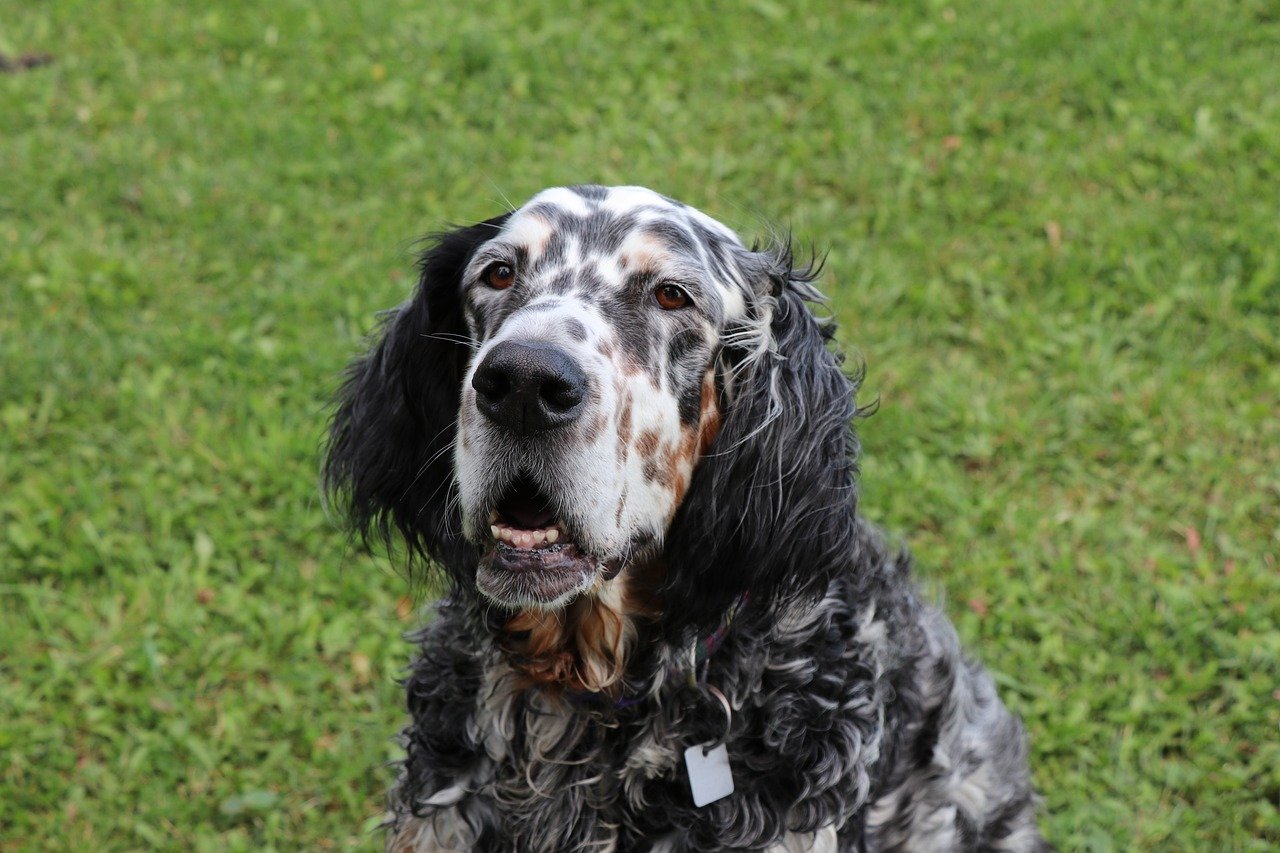
English Setters are graceful, elegant dogs with a surprising love for water. While they’re known as upland bird hunters, many Setters are drawn to ponds, lakes, and even garden hoses. Their silky coats can get tangled, so brushing after a swim is important. English Setters enjoy gentle swimming and will often wade rather than dive. Keep swims short and sweet, and offer plenty of shade and water on hot days.
Lagotto Romagnolo
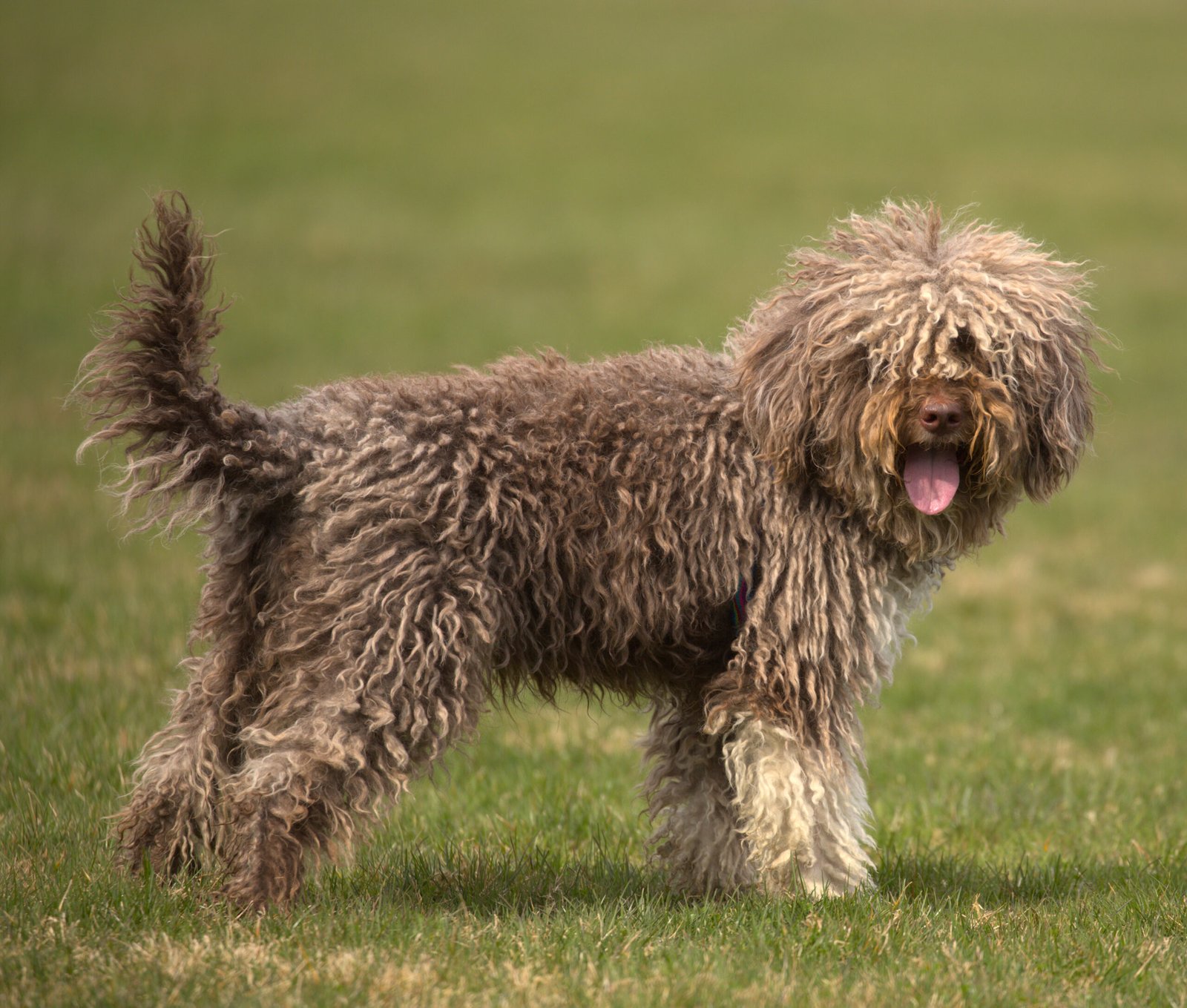
Italy’s truffle-hunting dog, the Lagotto Romagnolo, is also a natural swimmer. These dogs have curly, water-resistant coats and a keen sense of adventure. Lagottos are playful and love splashing in shallow streams or ponds. Because they have sensitive skin, rinse them after swimming and dry their coats thoroughly. Lagottos enjoy games that combine swimming with sniffing—try hiding toys in the shallows for them to find.
Otterhound

With a name like Otterhound, it’s no surprise this breed loves water. Originally bred to hunt otters in England’s rivers, Otterhounds have thick, rough coats and webbed feet. They are enthusiastic swimmers, often plunging into any pond or stream they find. Otterhounds can be independent, so use treats or floating toys to encourage them to stay close. After swimming, check their coats for debris and dry their ears thoroughly.
German Shorthaired Pointer
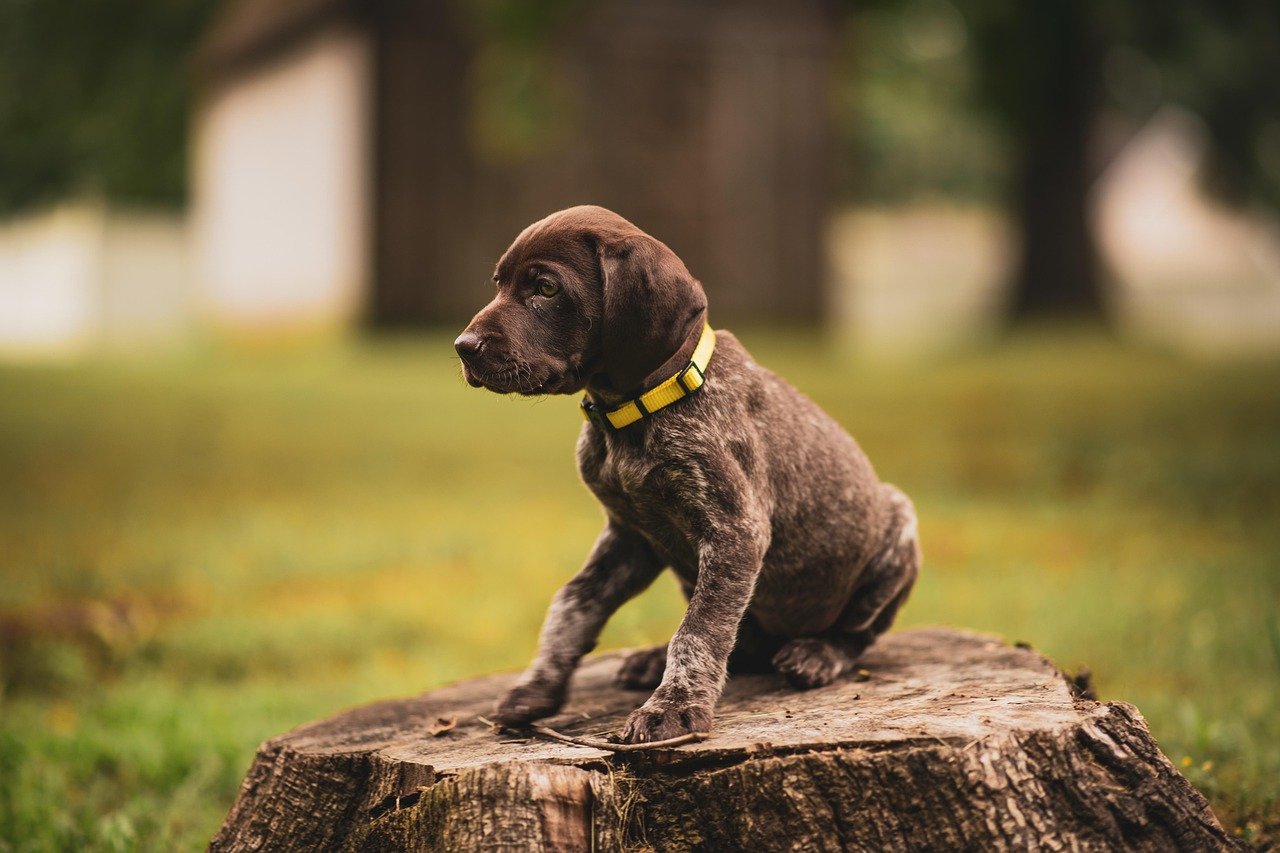
German Shorthaired Pointers are versatile athletes, excelling at almost any sport—including swimming. Their short, dense coats shed water quickly, and their muscular build makes them strong swimmers. GSPs love chasing balls or sticks into lakes and rivers. Because they have so much energy, structured games and training sessions are best. Always use a bright toy for easy visibility, and never let your GSP swim unsupervised near strong currents.
Vizsla
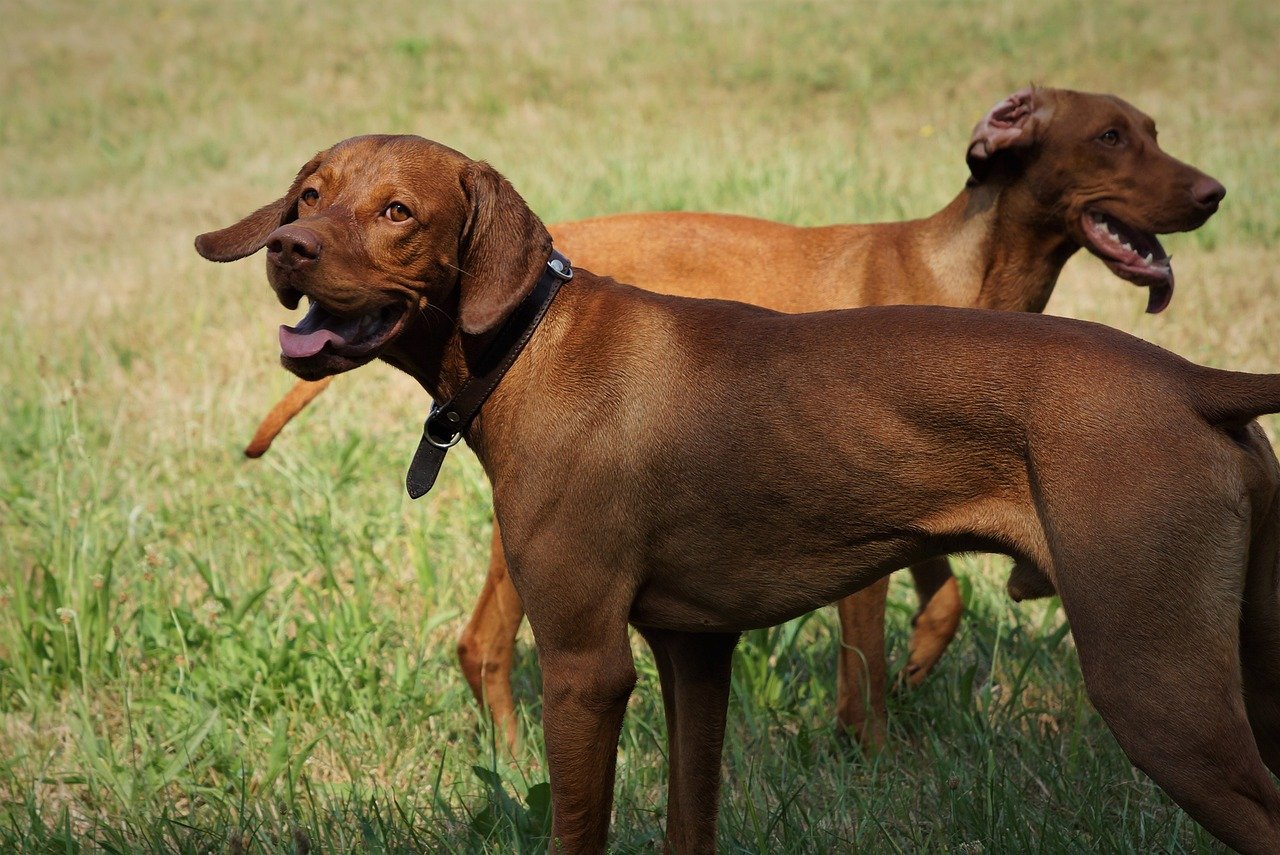
The sleek, athletic Vizsla is a Hungarian hunting dog with a surprising fondness for water. Though their coats are short, Vizslas are powerful swimmers. They love joining their humans for swims, whether in lakes or backyard pools. Because they have little body fat, Vizslas can get cold quickly—limit swim time in chilly water and dry them off immediately. Floating toys and gentle fetch games are ideal for keeping them active and safe.
English Springer Spaniel
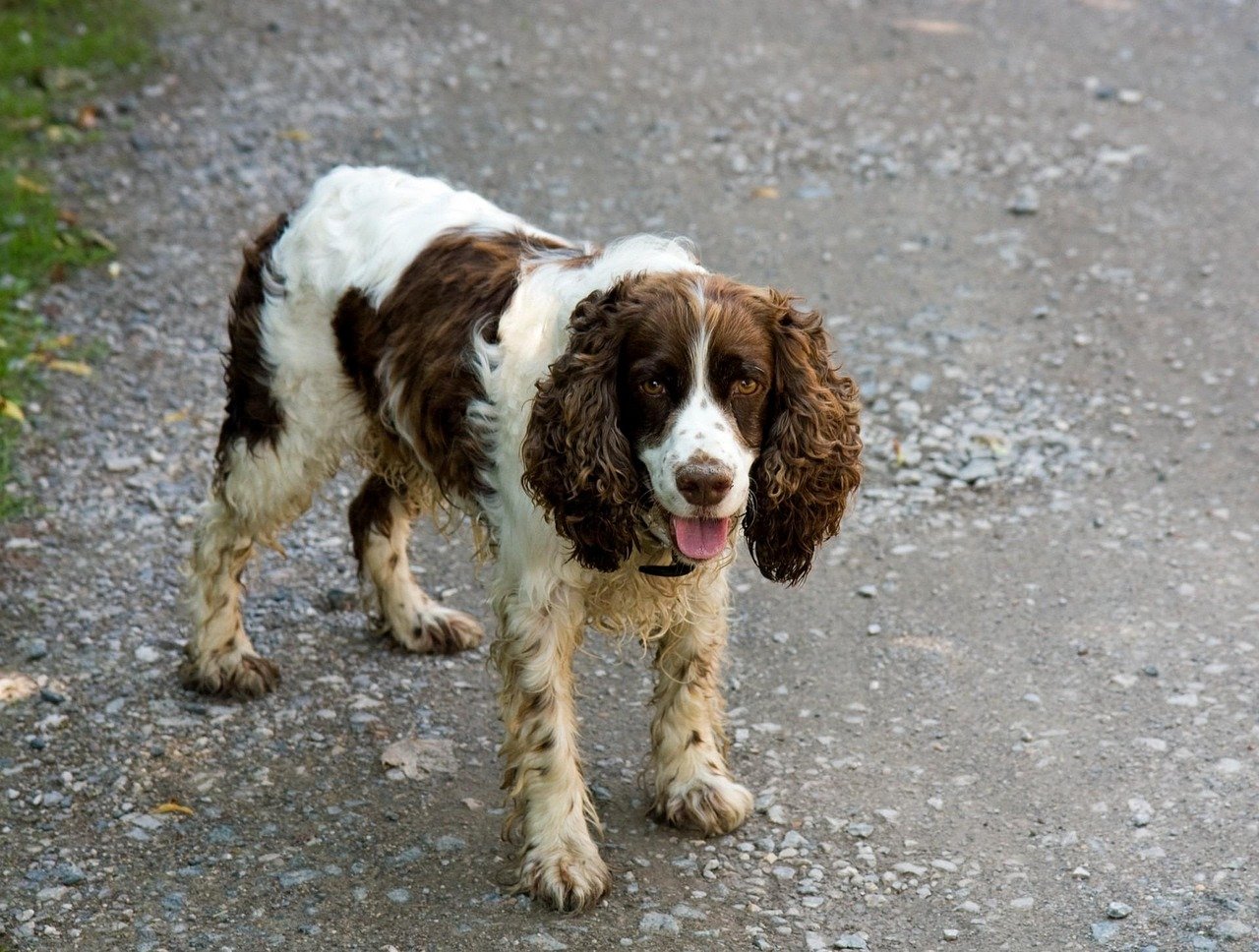
English Springer Spaniels are famous for their cheerful personalities and nonstop tails. These energetic dogs were bred for flushing and retrieving game from both land and water. Their medium-length coats offer some water resistance, and their stamina means they can swim for a long time. Springer Spaniels love family outings to the beach or lake. To keep them safe, supervise their swims and avoid letting them overexert themselves, especially in hot weather.
Safe Water Fun: Tips for Enjoying Water with Your Dog
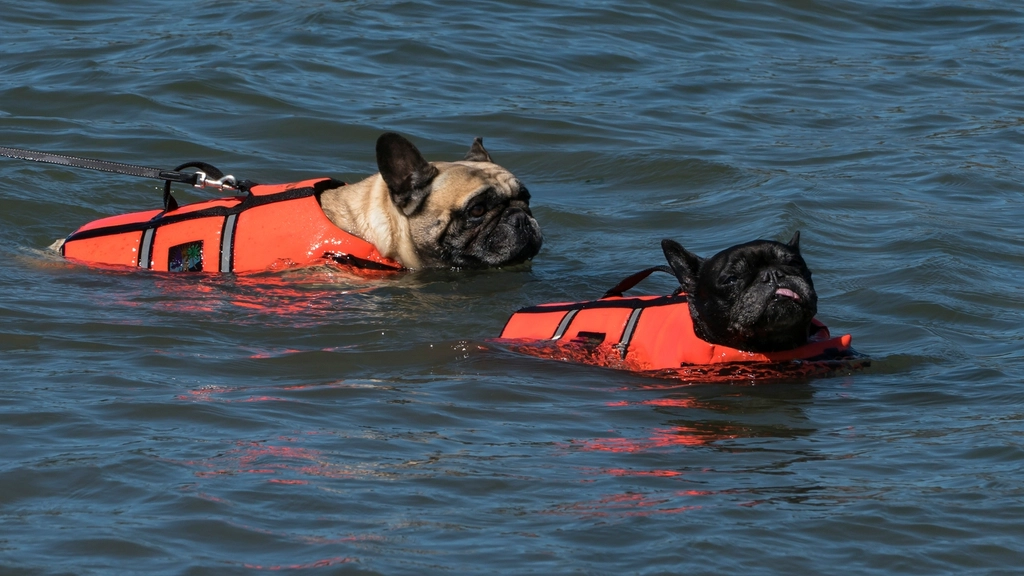
No matter which breed you have, safety always comes first when letting your dog enjoy water. Start with a canine life jacket, especially for deep water or boating trips, and get your dog used to wearing it before heading out. Always supervise your dog while swimming, and choose clean, calm bodies of water—avoid fast-moving currents, algae blooms, or unknown swimming holes. Rinse your dog with fresh water after every swim to remove chlorine, salt, or debris from their coat. Dry their ears to prevent infections and check for any cuts or scrapes. Teach your dog to exit the water safely using a ramp or shallow steps. Most importantly, keep sessions fun, positive, and balanced with plenty of rest and fresh drinking water.

